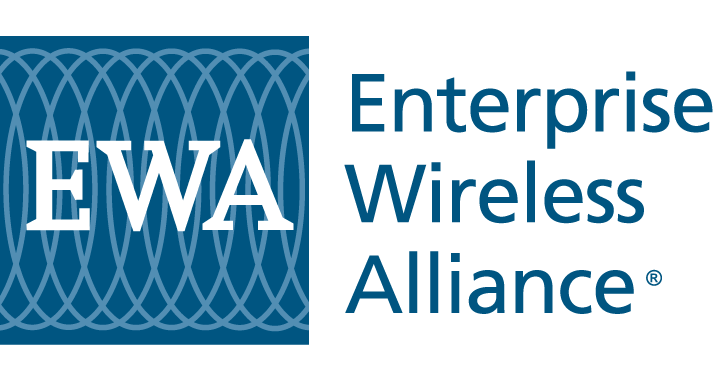They didn't see this coming...
I like it when the FCC demands that licensees stand up and be accountable for systems using critical spectrum that appear not to have been constructed. In a recent case, an organization with a home base in New York City received a license grant in 2009 as a private carrier for ten VHF frequency pairs at four sites in the State of Oregon. Let me mention that the license also authorized 20,000 mobile units, and 20,000 is not a typo qualifying this system as perhaps one of the largest private carrier operations in all of North America. Of course, a construction extension was asked for, as it’s difficult to construct forty channels and to sell 20,000 units. The rationale provided for being tardy was that software changes were necessary to “enhance the safety and efficiency” of the system.
The FCC has since asked a few questions in a Notice of Return. Noting that the desire to enhance the system is not, on its own, sufficient justification, the Commission asked for evidence of any system construction and asked if all of the radio equipment had been funded and purchased? I suspect that the licensee didn’t see this coming. The licensee was also reminded that construction extension requests require a waiver and corresponding fees. Oops.
The fact of the matter is that these types of spectrum reaches remove the spectrum from play for other, perhaps more meaningful wireless applications, and our industry doesn’t have that luxury. We don’t have enough spectrum to go around. If the responses are inadequate, the FCC is fully justified to reduce the scope of the original grant or to cancel the license entirely. And while I’m at it, thank goodness the FCC finally removed the I2Way files from the ULS. They had been clogging up the works for a decade or more.
